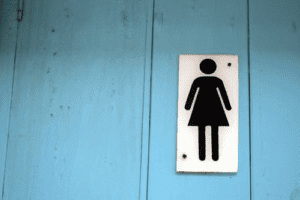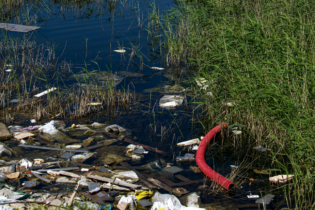Minister of Basic Education Angie Motshekga says that her department has “managed to break through the glass ceiling” when it comes to sanitation in schools.
“As you know the president has made money available to eradicate pit latrines within three years,” Motshekga noted while announcing the results of the 2017 School Monitoring Survey. The 2017 Survey was conducted in a nationally representative sample of 1000 schools offering Grade 6, as well as in a nationally representative sample of 1000 schools offering Grade 12. According to Motshekga, 76% of schools had running water and 80% had adequately functioning sanitation – only a marginal improved from 2011. While he minister described these statistics as worrying, she said that she is confident that her department and its partners can eradicate pit latrines within two years “if all goes well”.SAFE initiative
President Cyril Ramaphosa launched the Sanitation Appropriate for Education (SAFE) in August last year in response to the significant school sanitation challenges facing some of the country’s poorest schools.Motshekga stated that some 234 projects out of 3 998 have reached practical completion since the SAFE initiative was introduced last year. Outside of the SAFE initiative, a further 787 provincial sanitation projects are at practical and final completion in the 2018/19 financial year.








